axumin pet scan indications
All PET indications currently covered or non-covered under NCDs under section 2206 remain unchanged and MACs shall not alter coverage for indications covered under. Begin PET scanning 3 minutes to 5 minutes after completion of the Axumin injection.

Effect Of 18f Fluciclovine Positron Emission Tomography On The Management Of Patients With Recurrence Of Prostate Cancer Results From The Falcon Trial Sciencedirect
It is recommended that image acquisition.
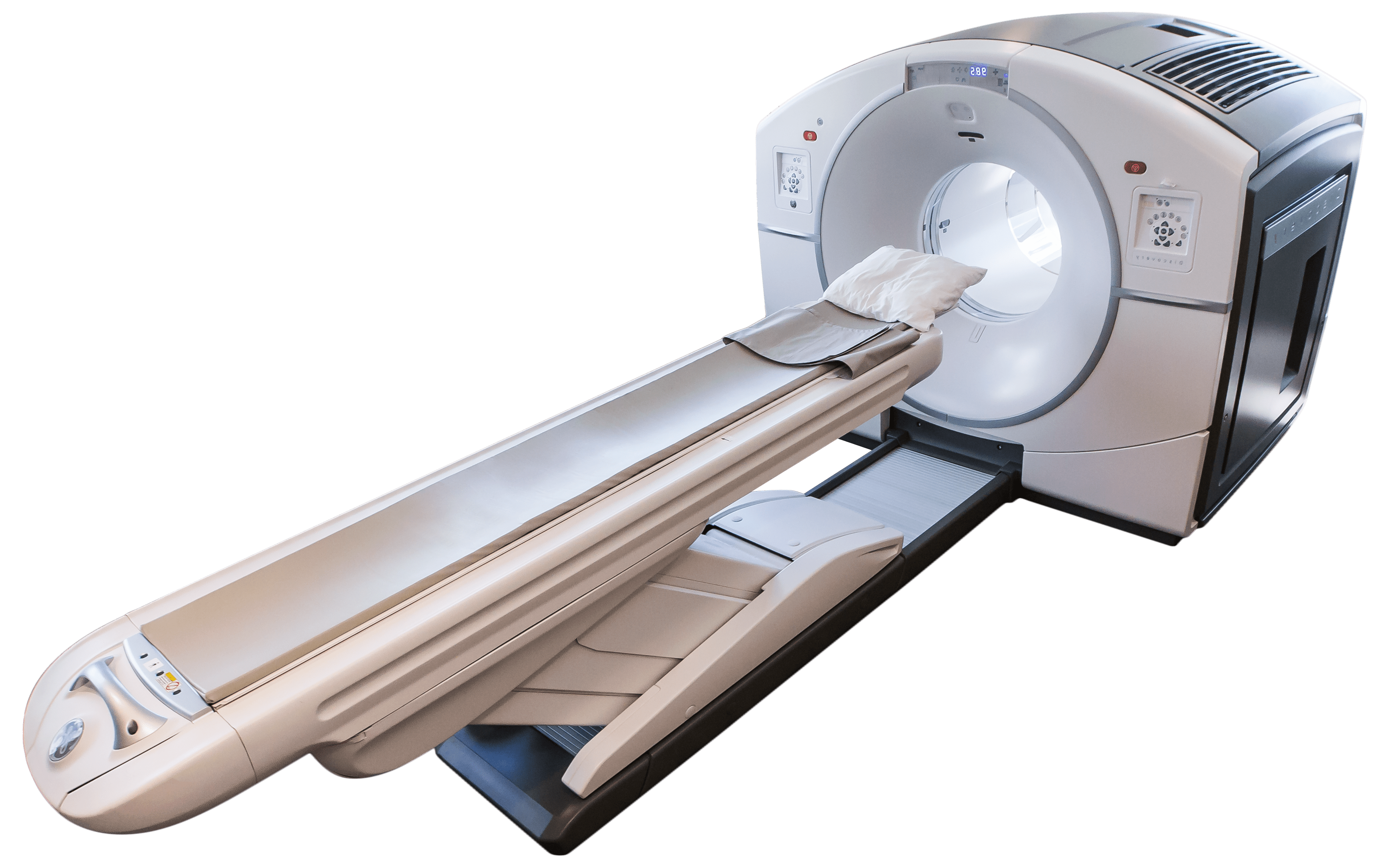
. If you make any changes to your insurance before your appointment please call Registration at 1-866-309-0832. All PET indications currently. PET-CT continued Page 3 of 3 position.
INDICATIONS AND USAGE. Axumin is indicated for positron emission tomography PET in men with suspected prostate cancer. 2 DOSAGE AND ADMINISTRATION.
Synthetic amino acid that is labeled with the radioisotope F 18 for PET imaging. Evaluation of suspected disease recurrence relapse andor residual disease eg. If a CT scan is simultaneously performed as part of the PET.
Thus the patient was referred to our center for Axumin PET scan. U0010 This will help lessen delays and the need to. Serious reactions including anaphylaxis a severe potentially life-.
18 F-Fluciclovine is a synthetic amino acid analog. Begin PET scan ning 3 minutes to 5 minutes after completion of the Axumin injection. F-18 Fluciclovine Axumin PET-CT Clinical Indications.
Patient Brochure - Axumin fluciclovine F 18 injection. Begin PET scan ning 3 minutes to 5 minutes after completion of the Axumin injection. Levels go up an Axumin PETCT scan is better able to identify recurrent prostate cancer.
Load move start 5. Set parameters for scan 4. Position the patient supine with arms above the head.
Ad Help improve your diagnostic accuracy with a PET scan imaging agent. It is recommended that image acquisition should start from mid-thigh and proceed to. Axumin fluciclovine F 18 injection is indicated for positron emission tomography PET in men with suspected prostate cancer recurrence based on elevated blood.
Axumin is indicated for Positron Emission. When CT is complete approximately 25 secs you will be prompted to move. 18 F-Fluciclovine is a synthetic amino acid analog.
The indications for F-18 fluorodeoxyglucose FDG PET-CT imaging include. The indications for F-18 fluorodeoxyglucose FDG PET-CT imaging include. F-18 Fluciclovine Axumin PET-CT Adapted 2018-12 F-18 Fluciclovine Axumin PET-CT Clinical.
It is preferentially taken up by prostate cancer cells by transporters eg LAT-1.
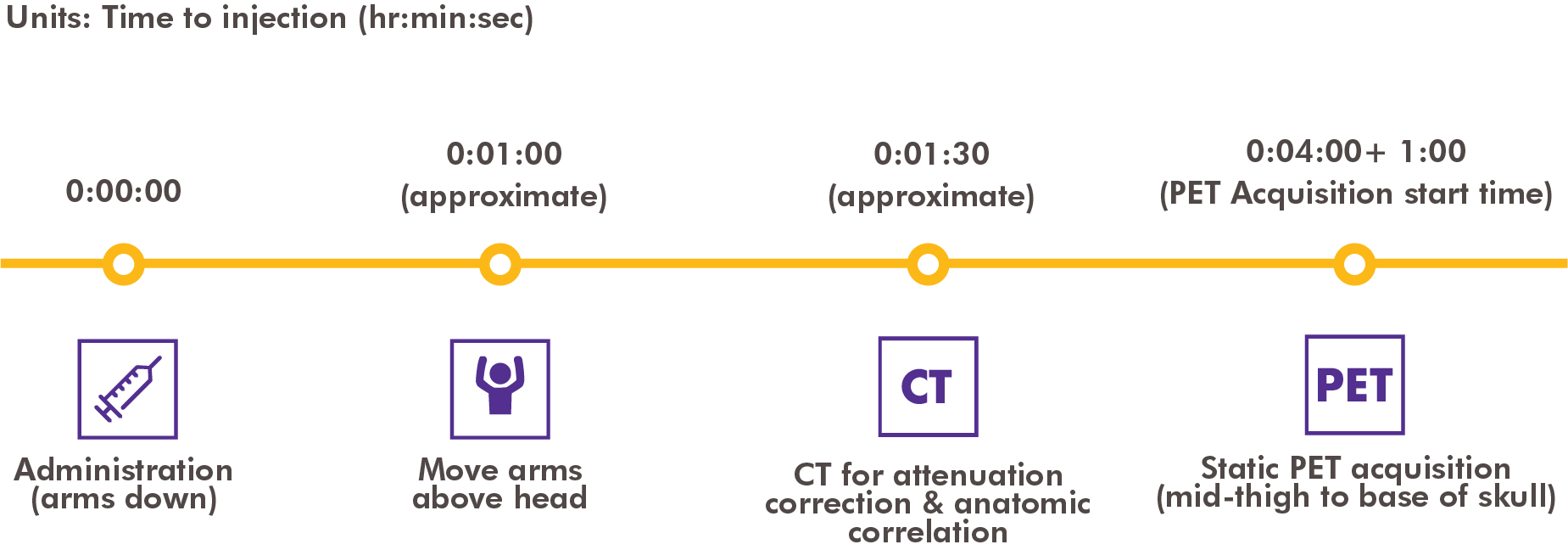
Axumin Fluciclovine F 18 Injection Using Axumin Fluciclovine F 18 Injection

Imaging Prostate Cancer Clinical Utility Of Prostate Specific Membrane Antigen Journal Of Urology
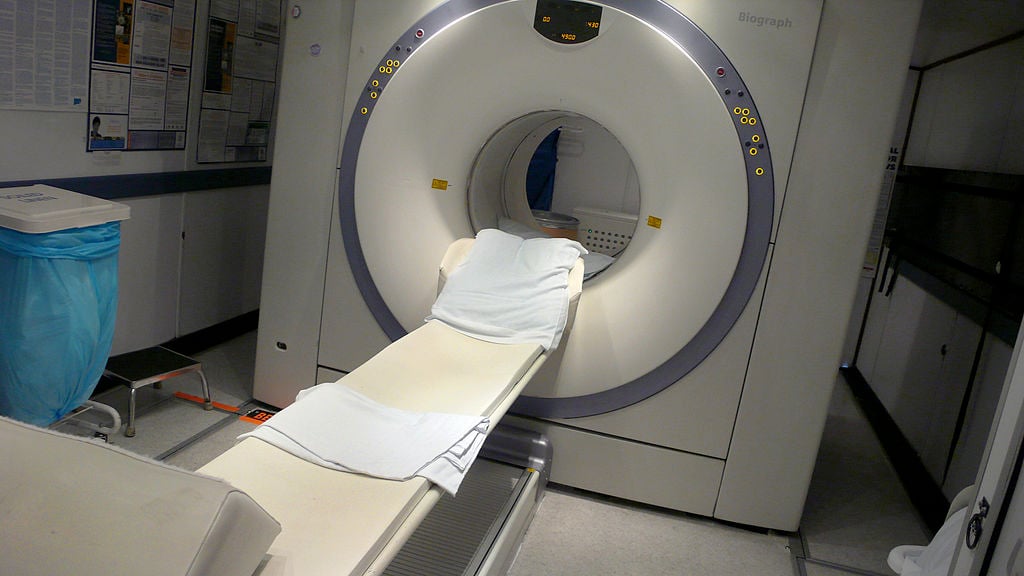
Blue Earth S Phase 3 Axumin Imaging Study Shows Promise In Glioma Pet Scans Fierce Biotech
Axumin Fluciclovine F 18 Injection About Axumin
18f Fluciclovine Axumin Pet Ct Scan Snmmi
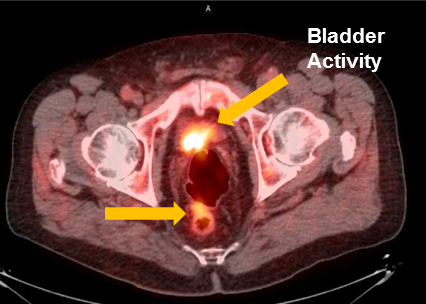
Axumin Fluciclovine F 18 Injection Case Studies For Axumin
Results Published For Axumin Fluciclovine F 18 Pet Imaging Study Demonstrating Improved Patient Outcomes In Patients With Recurrent Prostate Cancer Imaging Technology News

Pdf 18f Fluciclovine Axumin Pet Ct Detecting Occult Bone Metastasis

Pet Use In Prostate Cancer Widens But Questions Remain
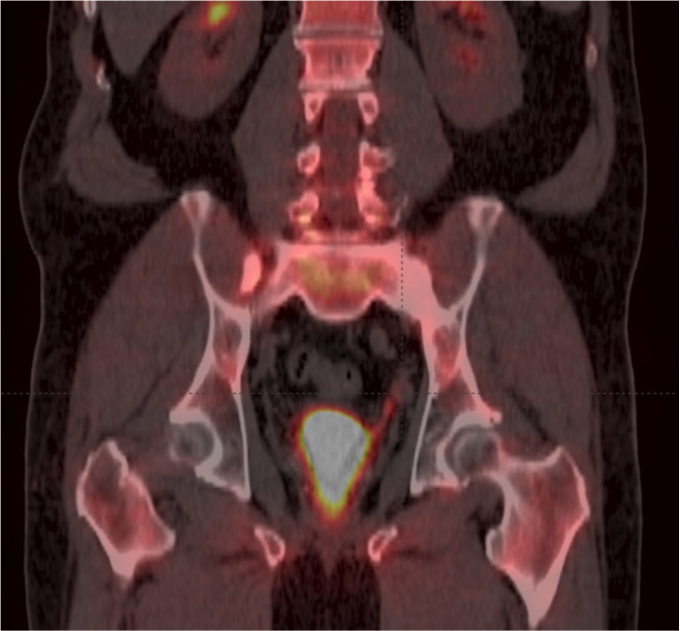
Axumin Fluciclovine F 18 Injection Case Studies For Axumin
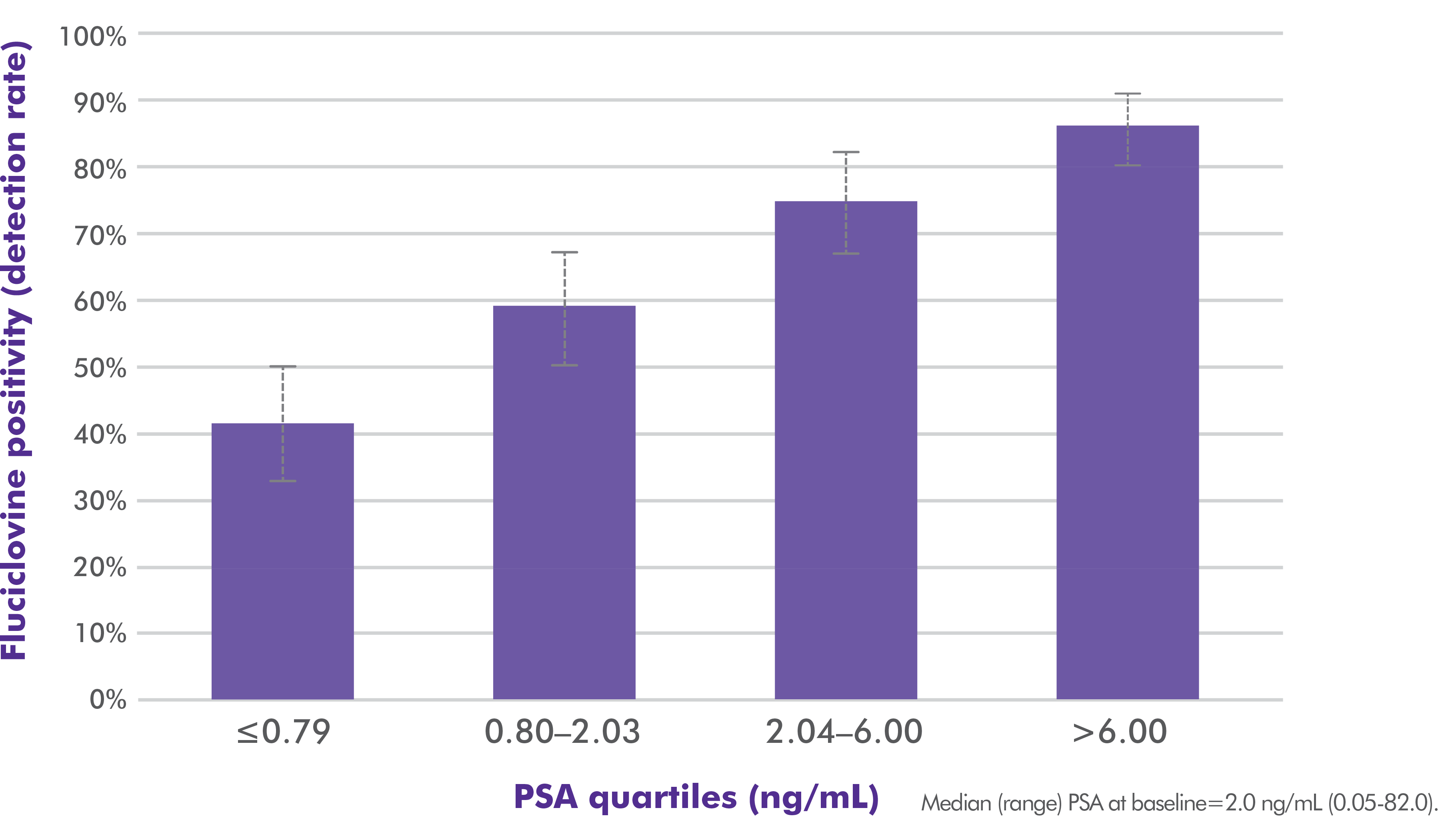
Axumin Fluciclovine F 18 Injection Axumin Efficacy Data
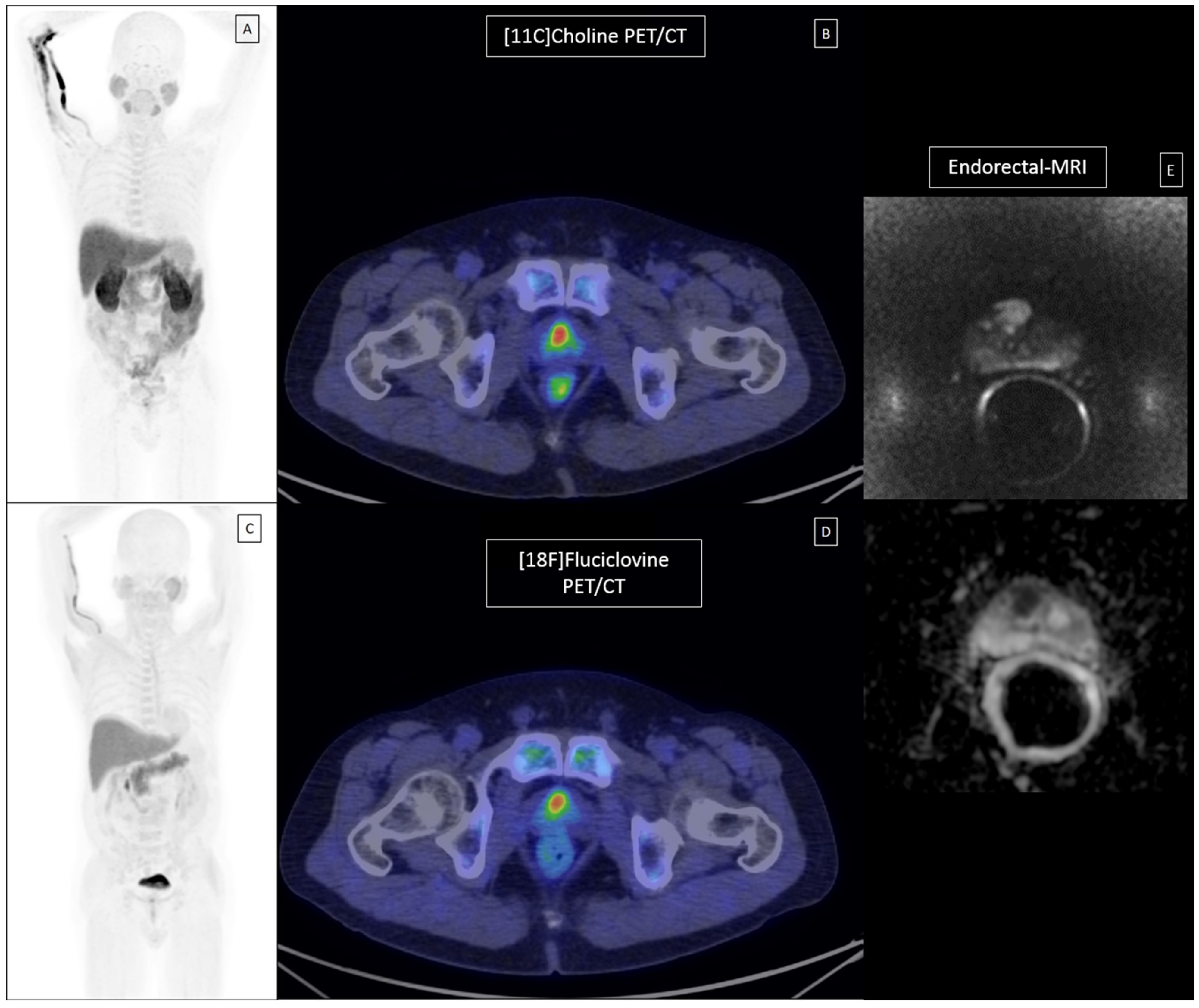
Cancers Free Full Text The Role Of 18f Fluciclovine Pet Ct In The Characterization Of High Risk Primary Prostate Cancer Comparison With 11c Choline Pet Ct And Histopathological Analysis Html
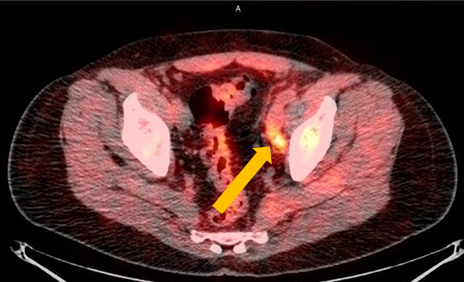
Axumin Fluciclovine F 18 Injection Case Studies For Axumin

Overview Of Pet Ct Imaging In Recurrent Prostate Cancer Current And Emerging Techniques Center For Integrative Healing Wellness

Prostate Cancer Specific Pet Radiotracers A Review On The Clinical Utility In Recurrent Disease Sciencedirect

Axumin Package Insert Prescribing Information Drugs Com
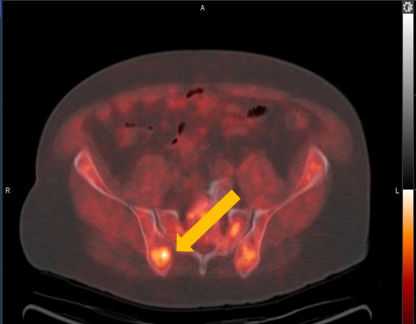
Axumin Fluciclovine F 18 Injection Case Studies For Axumin

Pet Ct Scans Novant Health New Hanover Regional Medical Center Wilmington Nc

Prostate Cancer Specific Pet Radiotracers A Review On The Clinical Utility In Recurrent Disease Sciencedirect